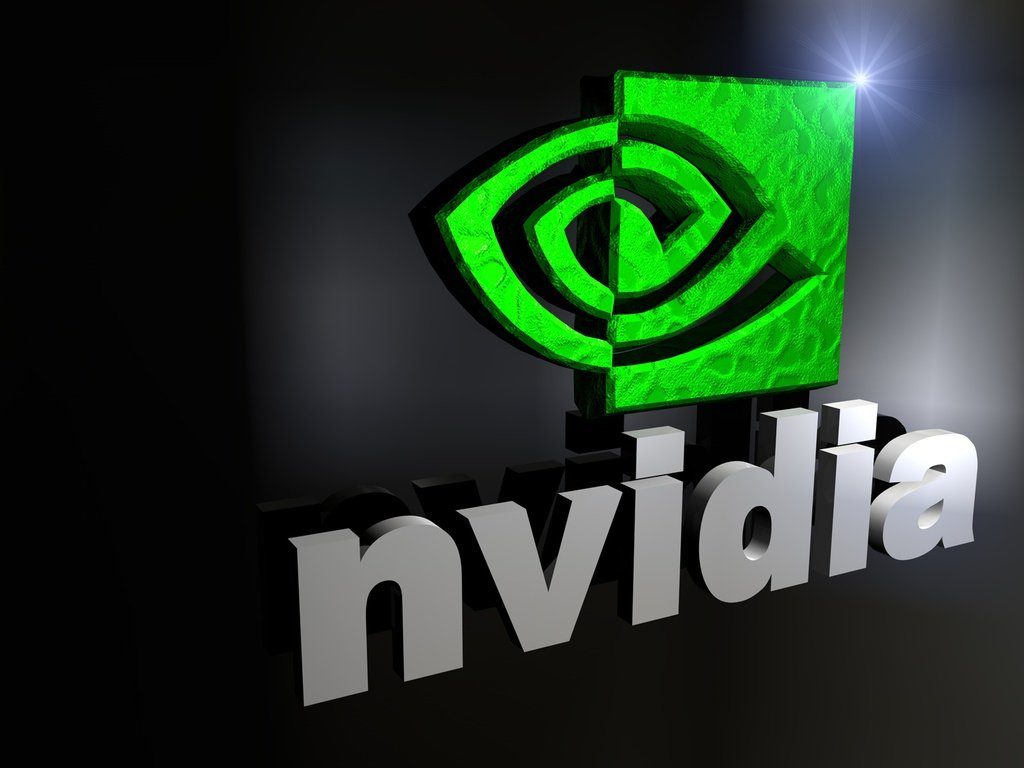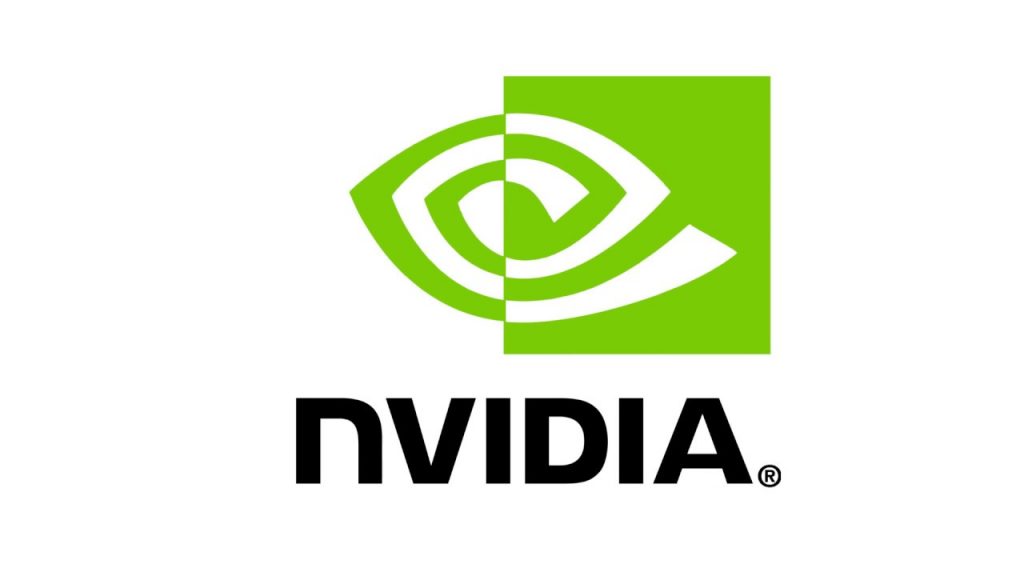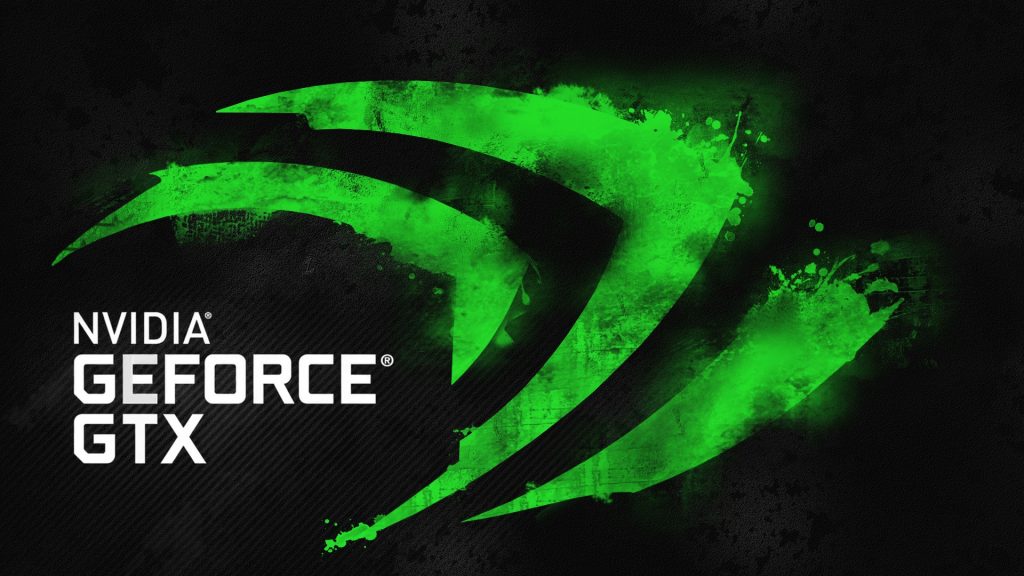
NVIDIA has announced a collaboration with the National Institute of Oncology, the US Department of Energy and several national laboratories as part of its cancer research initiative.
The Cancer Moonshot initiative, proclaimed by President Barack Obama during his 2016 State of the Union Address and executed by Vice President Joseph Biden, aims to shorten cancer development, diagnosis, and treatment timeframes from 10 years to 5. The initiative involves the creation of a framework for the tasks of artificial intelligence (AI) CANDLE (Cancer Distributed Learning Environment), to channel the capabilities of AI in the fight against cancer.
CANDLE will be the first AI task framework to revolutionize our understanding of cancer and provide scientists around the world with a powerful tool to fight this disease.

Specialists from the National Institute of Oncology (NCI), the Frederick National Cancer Research Laboratory and the US Department of Energy, as well as from the Argonne, Oak Ridge, Livermore, and Los Alamos National Laboratories, are collaborating on the CANDLE project. NVIDIA engineers and computing experts will contribute to the development of all the elements of this framework by working together on an AI software platform optimized for the latest supercomputing infrastructure. It is planned to achieve a tenfold annual increase in productivity in the field of cancer research.
“Artificial intelligence will be a key factor in the Cancer Moonshot initiative,” said Rick Stevens, deputy director of the Argonne National Laboratory. – New computing architectures have accelerated the training of neural networks 50 times in just three years. In the future we expect even greater growth. ”
“Deep learning on the GPU platform has equipped us with a new tool to solve critical tasks that until recently were too tough for even the most powerful supercomputers,” said Jen-Hsun Huang, president of NVIDIA. – Together with the Ministry of Energy and the National Institute of Oncology, we are developing a supercomputing AI platform for research in the field of cancer. This cooperation is a huge step in accelerating the search for a solution to one of the most serious problems of mankind – the fight against cancer. ”

The strategic partnership of the Cancer Moonshot initiative between the Department of Energy and the National Institute of Oncology to accelerate the development of precision oncology includes three pilot projects that will provide more information about the cancer development process, create more effective and less toxic therapies compared to existing ones and identify the main effectiveness factors of these methods outside of clinics in everyday life. Deep learning methods are key to all of these projects.
First, CANDLE will be used to search for basic genetic DNA and RNA signatures for common cancers that have a predictable treatment effect based on molecular data collected by the National Institute of Oncology. Secondly, CANDLE will accelerate the molecular-dynamic simulation of key interactions between proteins to reveal the basic biological mechanisms that create the conditions for the development of cancer. Thirdly, CANDLE automates the extraction and analysis of data from millions of medical records of patients to create a complete database of oncological observations of metastases and relapses.
“Large-scale data analysis — using deep learning algorithms — is a key success factor for the Livermore National Laboratory in a wide range of areas, from precision medicine to nuclear nonproliferation,” says James M. Brase, Deputy Assistant Director Livermore National Laboratory. “NVIDIA is at the forefront of accelerated machine learning, and the new CORAL / Sierra architectures are key to developing a new generation of scalable deep learning algorithms. Pascal-based GPUs with NVLink technology will significantly accelerate the training of large neural networks. ”
Georgia Tourassi, Director of the Institute of Medical Sciences at Oakridge National Laboratory, noted: “Today’s oncology research is based on the manual analysis of clinical records and the identification of important biomarkers for the spread and outcome of the disease. With high-performance computing and artificial intelligence, as well as scalable solutions like the NVIDIA DGX-1, we can automate and quickly extract important clinical information to deepen our knowledge of oncological health. ”